Author: Ray Found
It’s well known that temperature is positively correlated with reaction rates– as the warmth of a particular environment goes up, so too does the rapidity with which certain reactions occur. In the case of beer, these reactions are commonly associated with negative characteristics such as oxidation and staling, perhaps one reason refrigerated shelf-space is so zealously sought after by beer distributors and brewers, though likely secondary to consumer preference for “beer I can drink right now.”
Less of an issue for homebrewers due to our smaller batch volumes and usually, ahem, quicker consumption, storage temperature remains a concern for those who bottle condition and don’t have the capacity to store 50 bottles in a cool environment. Prior to making the switch to kegging my beer, this was certainly something I considered, as my garage fridge was often filled entirely with bottles, only to leave more sitting warm in a spare closet. With the birth of my son, that spare closet ceased being “spare” and my bottle storage space was dramatically reduced.
My switch to kegging wasn’t prompted so much by a desire for cold storage, but for the ease and convenience of the process when compared to bottling. However, I felt the quality of my beer improved, specifically that it was fresher, crisper, clearer, and more aromatic (especially IPAs) than when I bottle conditioned. I attributed these improvements as being due to the beer remaining at a consistently cool temperature post-fermenation, never rising above the setpoint of my cold keezer.
Could storage temperature really make that big of a difference, or did my love for kegging bias me in favor of the beer such that I invented a difference that was really all in my head?
| PURPOSE |
To evaluate the differences between a beer stored in a cool environment and the same beer stored in a warm environment over the same period of time.
| METHODS |
This was not actually the intended xBmt on this brew day, but due to a miscalculation on my part, I had to rethink things last minute and was forced to test a post-boil variable.
Bohemian Pilsner
Recipe Details
| Batch Size | Boil Time | IBU | SRM | Est. OG | Est. FG | ABV |
|---|---|---|---|---|---|---|
| 5.5 gal | 60 min | 37.2 IBUs | 3.8 SRM | 1.052 | 1.012 | 5.2 % |
| Actuals | 1.052 | 1.013 | 5.1 % | |||
Fermentables
| Name | Amount | % |
|---|---|---|
| Pilsner (2 Row) Bel | 10.25 lbs | 95.35 |
| Vienna Malt (Gambrinus) | 8 oz | 4.65 |
Hops
| Name | Amount | Time | Use | Form | Alpha % |
|---|---|---|---|---|---|
| Hallertau Magnum | 11 g | 60 min | Boil | Pellet | 12.1 |
| Saaz | 30 g | 30 min | Boil | Pellet | 3 |
| Saaz | 37 g | 20 min | Boil | Pellet | 3 |
| Saaz | 37 g | 10 min | Boil | Pellet | 3 |
Yeast
| Name | Lab | Attenuation | Temperature |
|---|---|---|---|
| Saflager Lager (W-34/70) | DCL/Fermentis | 75% | 48°F - 59°F |
Notes
| Water Profile: Ca 55 | Mg 0 | Na 8 | SO4 45 | Cl 68 |
Download
| Download this recipe's BeerXML file |
Starting a day ahead, I collected the full volume of water for this 20 gallon batch, catching it just in time!
I weighed out and milled the grains while my strike water was heating.
After transferring the slightly overheated strike water to my MLT and allowing for a brief preheat, I stirred in the grains to hit my target mash temperature.
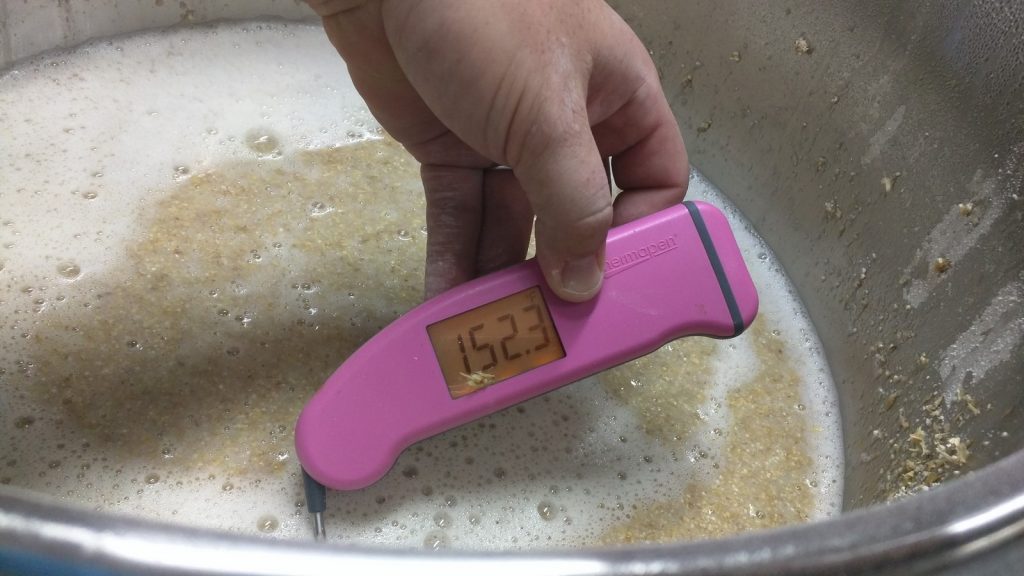
I let the mash rest for 60 minutes, stirring occasionally to ensure good conversion.
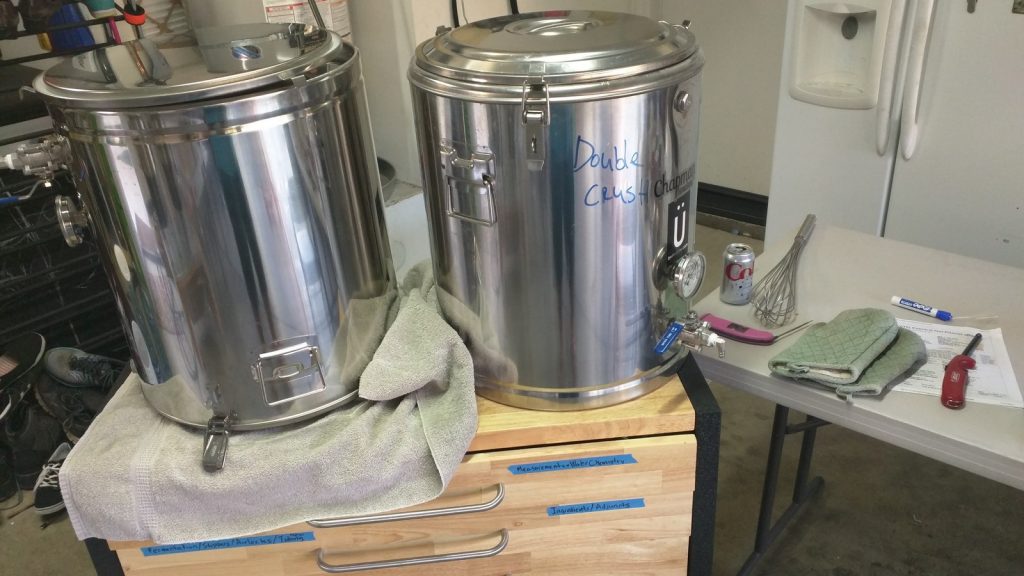
At the end of the mash, I collected the proper volume of sweet wort and brought it to a rolling boil.
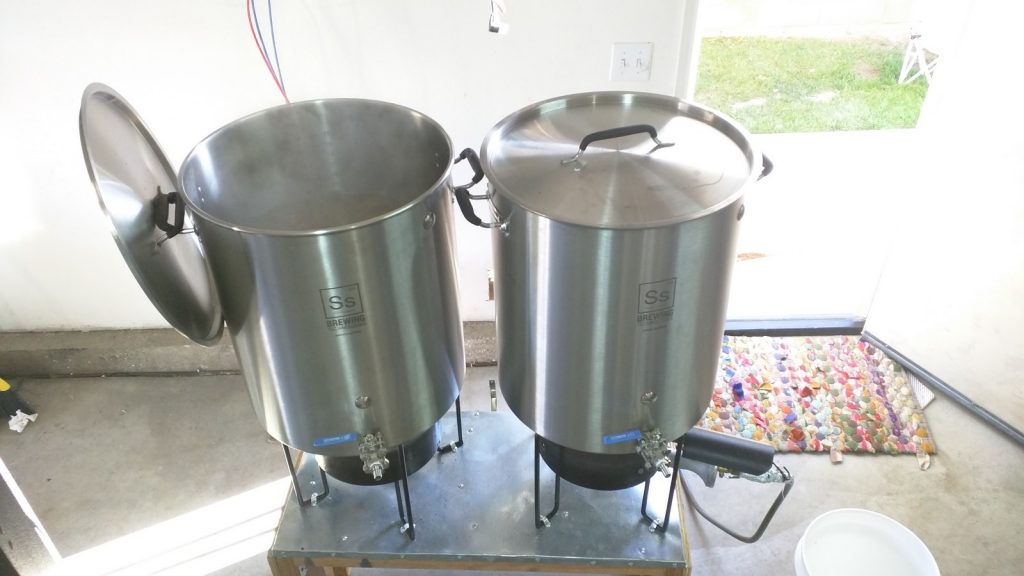
Hops were added during the 60 minute boil, after which I quickly chilled it to a few degrees above my groundwater temperature.
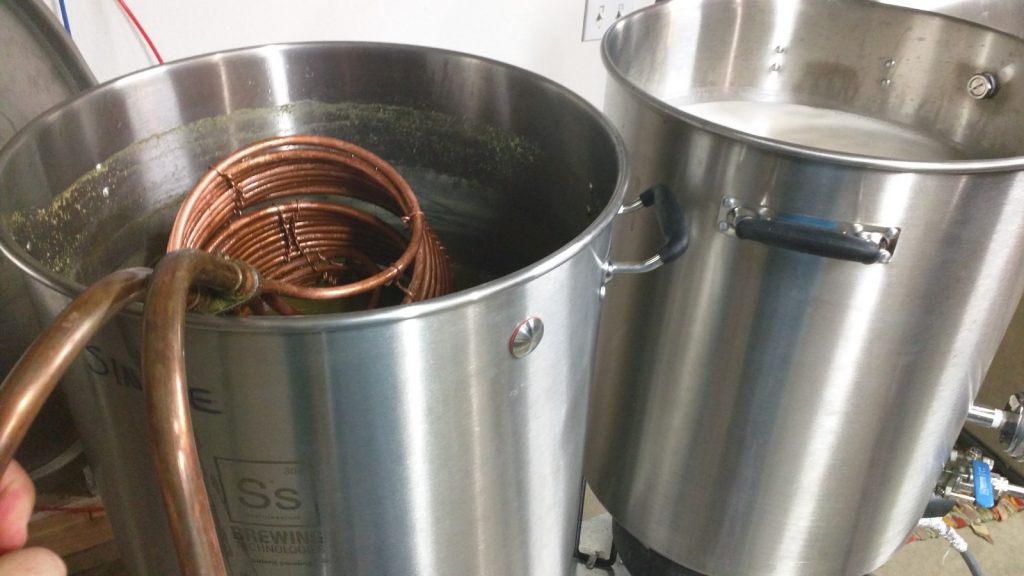
A hydrometer reading at this point confirmed I’d hit the OG predicted by BeerSmith.
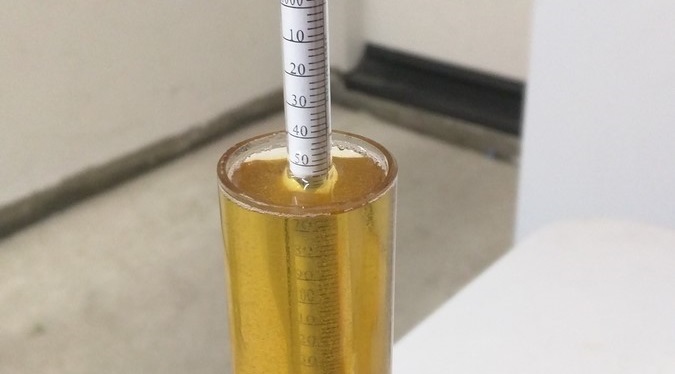
I transferred equal amounts of the chilled wort to two 6 gallon PET carboys that I placed in my fermentation chamber to finish chilling to my desired fermentation temperature of 60˚F/16˚C. Once there, I pitched 2 rehydrated packs of Saflager W-34/70 into each each fermentor.
It took about 24 hours for both beers before I noticed fermentation activity.
The beers fermented similarly over the following week, at which point I raised the temperature in the chamber a bit to encourage complete attenuation. With signs of fermentation absent around the 2 week mark, I took hydrometer readings and observed both had attenuated identically.
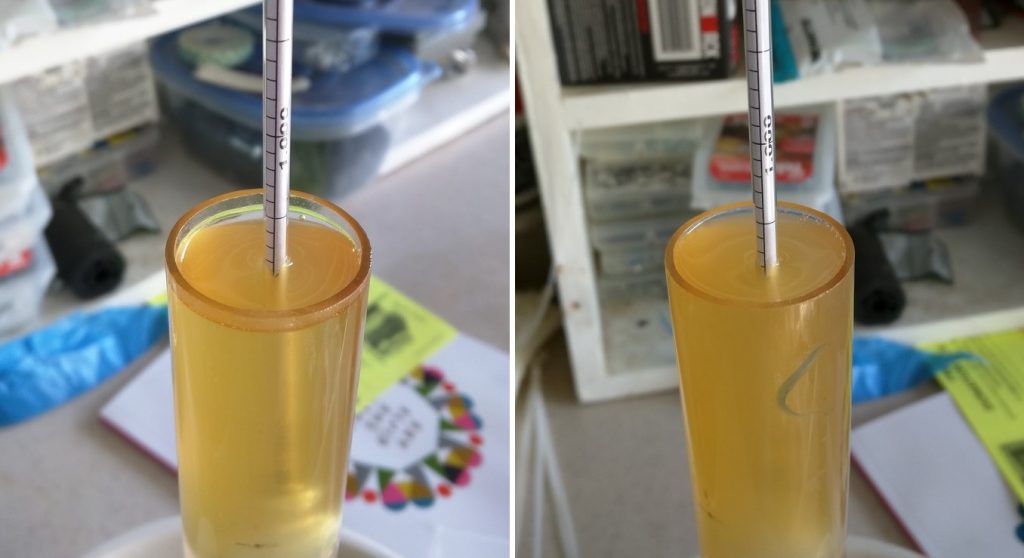
I proceeded with cold crashing, fining each with gelatin, then transferring to kegs. After purging the headspace in both kegs and leaving just enough CO2 to seat the lids, I stored one keg in a 35˚F/2˚C refrigerator while the other was placed in a closet in my house that maintains a temperature range between 68-73˚F/20-23˚C. The beers were left alone for a month before I moved them to my keezer, allowing them to thermally equalize for 2 days before burst carbonating. Even after another month of lagering in my keezer, the beers maintained a fairly dramatic difference in appearance.
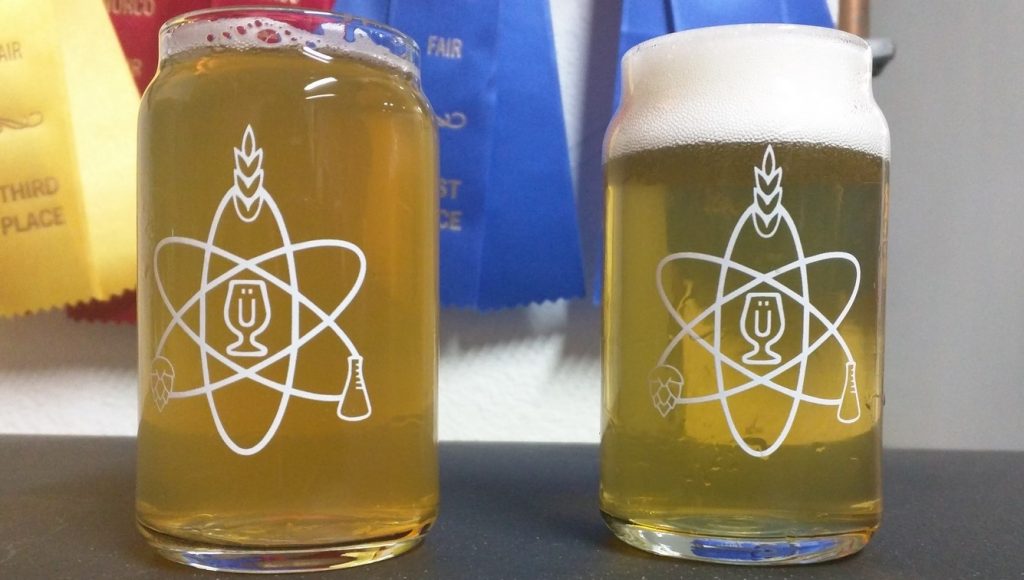
| RESULTS |
In total, 20 people of varying experience levels participated in this exBEERiment. Each taster was blindly served 1 sample of the beer stored warm and 2 samples of the beer stored cold in different colored opaque cups then asked to select the unique beer. At this sample size, at least 11 accurate selections were required to achieve statistical significance (p < 0.05), though 12 accurate selections were made (p = 0.013). These results indicate tasters in this xBmt were indeed able to reliably distinguish a Pilsner stored in a warm environment from the same Pilsner stored in a cold environment.
A brief comparative evaluation of only the two different beers was completed by the 12 participants who made the accurate selection on the triangle test, all remaining blind to the nature of the xBmt. The warm storage beer was preferred by 5 tasters, the beer stored cold was preferred by 2 tasters, 4 people had no preference despite noticing a difference, and 1 person reported there was no difference between the beers.
My Impressions: Whether skewed by bias or not, I really can’t say, but these beers hit right on what I expected them to taste like. The cold storage beer seemed to lose some life as it aged, but it remained quite clean, crisp, and enjoyable. On the other hand, I perceived the beer stored warm as having the characteristic sweet/cloying character I frequently associate with old or oxidized beer. While not entirely unpleasant, it lost many of the characteristics I expect in a typical Pilsner, bur rather possesses an impression of sweetness more reminiscent of a less phenolic Belgian Pale. Unlike prior xBmts, these beers genuinely echoed my expectation near perfectly, validating my belief that storage temperature matters.
| DISCUSSION |
The fact tasters in this xBmt were able to reliably distinguish a beer stored warm from the same beer stored in a cold environment provides additional support to the accepted notion that storage conditions do indeed have an impact on beer, which has many implications. As mentioned previously, craft brewers want to get their beer into the mouths of drinkers in the best form possible, though their ability to do so is hindered by the limited amount of refrigerated shelf space in stores carrying their product. Moreover, homebrewers who bottle condition and don’t have the ability to store all of their beer in a cold environment will, in all likelihood, experience flavor drift over the life of each batch. The solution? If there’s a good one, I’d love to hear it.
I thought it was curious that only 2 of the 12 correct participants preferred the cold storage sample, which was my clearly preferred, while 5 liked the beer stored warm better. My hunch is this was more a function of the fact tasters weren’t aware of the style of beer they were drinking and hence chose the one with more overall character, or maybe some people actually do enjoy whatever it is aging in a warm environment does to beer.
I personally believe beer, in general, is a product best served fresh and, save for a few rare exceptions, decreases in quality with age. This even goes for styles many believe require aging such as strong Belgians and clean lagers. Ultimately, as someone who keeps all the beer I make in a cold keezer, it’s good to know it will likely live a little longer than if it were sitting a warm closet.
If you have any thoughts about this xBmt, please do not hesitate to share in the comments section below!
Brülosophy Merch Available Now!
Follow Brülosophy on:
FACEBOOK | TWITTER | INSTAGRAM
If you enjoy this stuff and feel compelled to support Brulosophy.com, please check out the Support page for details on how you can very easily do so. Thanks!

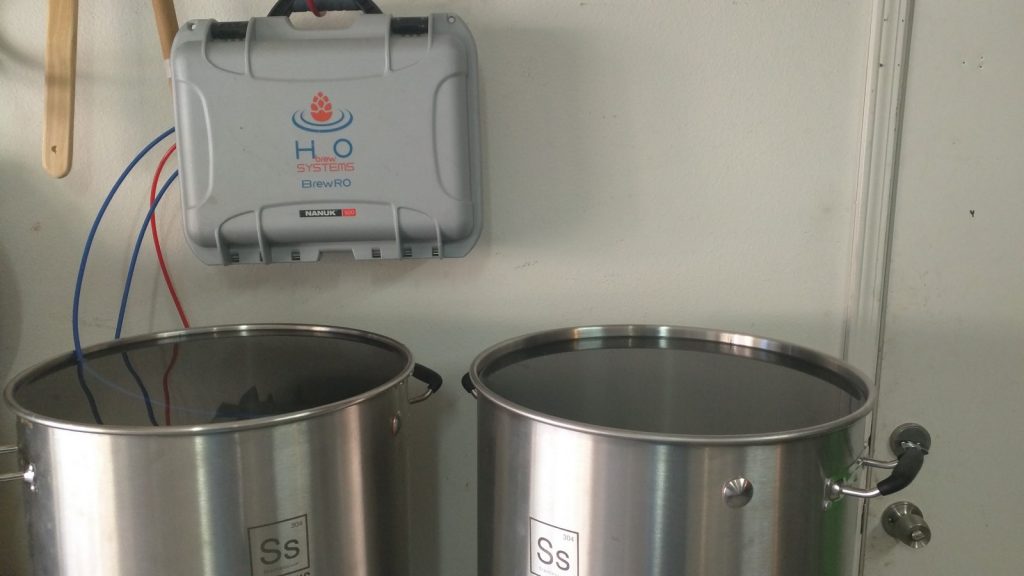
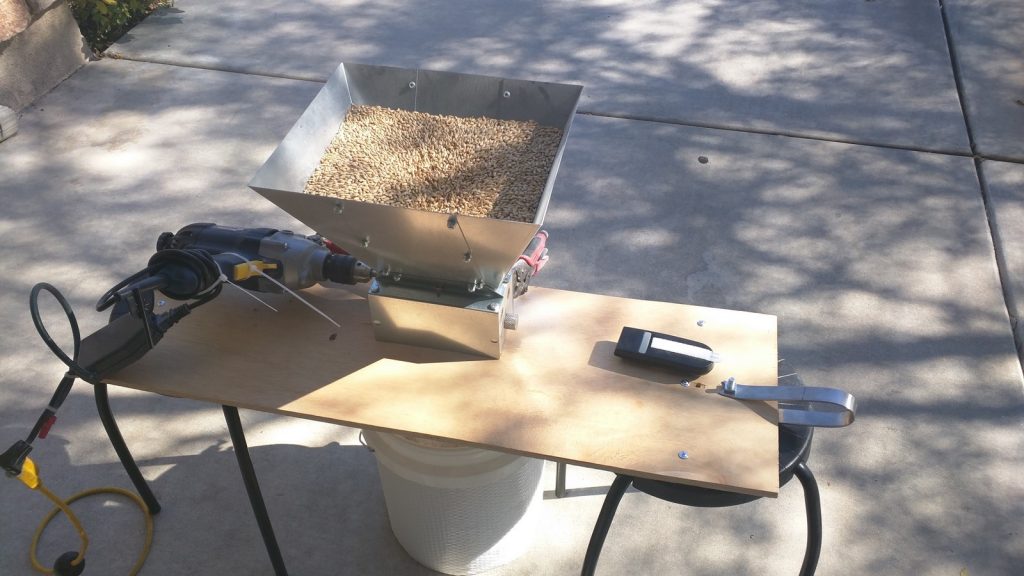
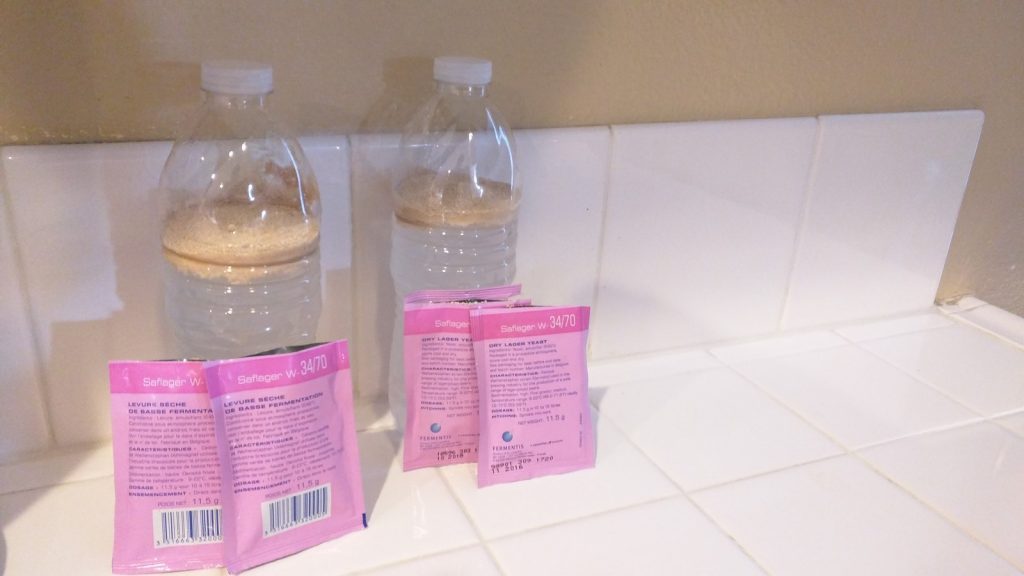
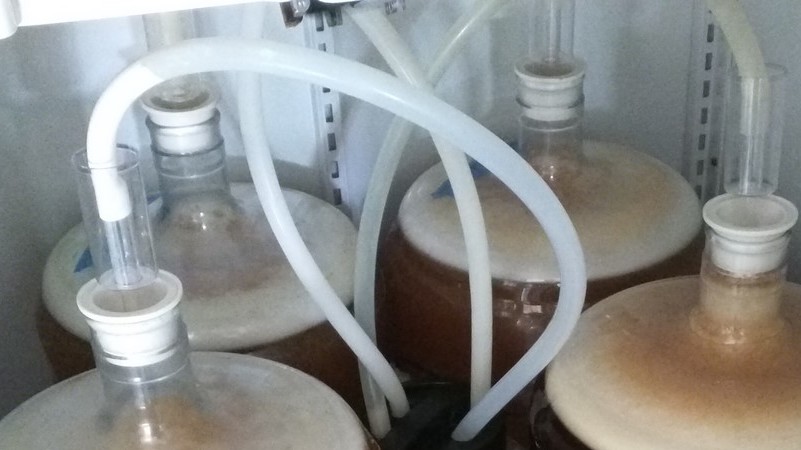










34 thoughts on “exBEERiment | Impact Storage Temperature Has On A Czech Premium Pale Lager”
Try the same with a nice aromatic pale ale. It loses everything in a few weeks
Which storage method are you referring to?
loses by storing cold?
I usually store my bottle conditioned beers at 19 degrees C for 2 weeks to encourage secondary fermentation before moving to my cool garage, should I now no longer do this and instead store them in the garage immediately after bottling?
No, if you bottle the yeast needs time to produce CO2. 5-10 days is usually enough
I don’t think that bottle conditionning would be considered as storage at this point. If cooled too much (4-5 C) , bottle fermentation will take fore ever if it even happens at all.
I prefer having mine carbed and then store it cold !!!
Cheer’s
No, doing so will result in much longer carbonation times or completely flat beer. For bottle conditioning there is no avoiding that initial warm period. However, for many styles of beer I find the bottle conditioning process is not detrimental at all. An anecdote for sure though.
How did you transfer from fermenter to keg? Lid off, hose dangling in keg, or closed transfer?
closed.
Cool storaged beer seemed prety much cleaner than warm storaged beer. We could say that even fined with gelatin, beer must be kept in lower temperatures for a clean aspect? Or, does not matter if you fined with gelatin and then storage on warm temperature?
Thanks for this beer experiment.
Any gravity measurement after storage?
Off-Topic – I though Pilsners needed to be lagered. In your notes, it says you fermented for about 2 weeks then cold crashed and transferred to serving keg. Am I missing something?
Read the articles here on how they ferment lagers. If the beer is well fermented up front, lagering doesnt do much but age the beer.
I came to a similar conclusion prior to following Burlosophy as sampling lagers after 2-3 weeks want really showing any progression.
If you have off flavors like acetaldehyde, lagering can clean those up but the goal is to avoid them in the first place.
Confused by the batch size (5.5 gal), the grain bill (almost 11 lbs), and the 20 gal batch reported in the write up.
These have gone in all directions for me, so I think that aging is definitively style-dependent. I don’t brew many hoppy beers, but I do many fairly bitter ones. For strong stouts, a couple months of aging in bottle seem to take the edge out of the bitterness and meld the flavours (and I age at 15-20c).
The weirdest one I had was a straight saison (1.045, Pilsner malt and some sugar) that I was fairly dissatisfied with. It was a tad sweetish and more fruity than spicy. I assumed it would go ‘stale’ with storage so most went in eight weeks. I came back to some bottles around the 3 month mark and I was kicking myself for drinking it too early. It had become bone dry and the fruit had balanced with the phenols. It had gone from uninspiring to archetypal saison in just a few weeks.
If I brewed pale ales or lagers I might be more focused on drinking them cold and quick.. (btw, I find Orval at its finest around the 12-18 month mark, when the hops have subsided a bit)
Orval is a bit of anomaly though, due to the bottle conditioning with brett… mmm… Orval… I have had a similar experience with my saisons, but I wonder if it is partly due to the fact that the yeast falls out more and more over time. Also, I mean, 5 people preferred the warm storage…
Yeah, saisons can really use some aging. Also soooooooooo many flaws clear up after a few months of sitting the in closet. Of course you shouldn’t have this flaws in the first place but you’re inevitably going to fuck up some times and it’s usually far better to let bad beer sit for a few months than to dump it or try to choke it down.
Generally really good beer should be drunk ASAP with a few exceptions.
Excellent xbmt as always! But am I allowed to guess/ask at the intended xbmt? Low Dissolved Oxygen?
was supposed to be single vs. double crush.
I was just thinking about crush recently. I condition my malt with 2-2.5% water before milling and use a 30 mil gap. I’ve tried tighter gaps, but the grain won’t start in the mill. I have wondered if a 3-roller mill vs a 2-roller mill with malt conditioning would give a difference in efficiency or flavor. The 3-rollers are supposed to crack the malt open with a course gap and then use a super fine gap to make sure to break out the starches (but leave the husk in-tact, especially with conditioning the malt.)
I wonder if there were more “ale” drinkers in the sample and if they prefer a more fruity, less lagery character, which the oxidized version might exhibit, especially since it wasn’t THAT old.
100% my interpretation.
Have you done any slow and cold lager fermentations vs the fast lager method and compared them for yourself? I am still deciding whether I like the fast method. I feel like it might leave the lager a little too clean. Maybe I like a little more off-flavors in my lager to make it more lagery? I guess I should do my own side by side. 10 gallons of one type of lager seems a bit daunting though! maybe a Pils.
It is rare when I disagree completely with something on this blog. But I gotta say, there are a lot of beers that benefit from aging. And citing a Belgian as an example of something that does not might have caused cranial hemorrhaging I’ll need to get checked out.
I love Belgian styles and brew them often. Now, I admittedly don’t know much about a lot of things, but to imply they are the same beer a week or two after reaching FG vs 6-8 weeks later, (or worse, that the two-week beer would be preferable), is just not true. And it’s the kind of thing that doesn’t even need an Exbeeriment to test. It’s long settled. Settled by basically anyone who’s brewed beer styles that taste better aged over varying lengths time at various temperatures. Doesn’t the conclusion of this post actually dispute that very idea? In fact, you might be the only one I’ve heard question, what sounds like, the entire premise of aging beer. A bold claim, sir. A Bold claim indeed.
Haha, it sounds like we struck a nerve. Some things get trimmed when editing, but I stand by the general premise. Some people like the taste that aging brings – I AM NOT ONE OF THOSE PEOPLE. On the belgian front, I have brewed many, and while not really RUSHED, I find I like Tripel especially when fresh, much more than a couple months later. The difference is less distinct with darker beers, but as an experiment a couple years back, I aged a Chimay blue for 2 years and compared to a fresh bottle… I definitely did not prefer the aged.
I would hazard a guess that I would personally prefer a tripel at a week in the keg over one that had spent 8 weeks in the keg. I make no claim that they would be identical.
“Settled” is a funny word, considering it was absolutely settled that warmer mash temperatures resulted in sweeter beers, but I have tried tasting not once, but twice… and can’t reach that conclusion.
I think a lot of people worship at the altar of aging beer. It just feels good to say that you have aged a beer. Sometimes they taste better, sometimes they taste worse with age. I also much prefer many Belgian styles fresh. I have to say though that I had a Belgian Dark Strong that tasted awful when young, lots of bubblegum. I kind of wrote it off but left it in a secondary for months. It actually wound up getting rid of the bubblegum.
Fair enough. “Settled” wasn’t the best choice of words on a blog devoted to testing the validity of conventional thought on a subject. And far be it from me to argue someone’s personal preference.
The point was, it sounds like you’re making a claim that directly contradicts the cumulative experience of countless brewers over decades (millennia?), without any evidence cited, as though the night/day differences of calculated aging on selected beer styles were pseudoscience. Now, you didn’t actually say any of that. What you said was, “I personally believe beer, in general, is a product best served fresh and, save for a few rare exceptions, decreases in quality with age.” Which is a pretty big blanket to throw over so many malts, yeasts, temperatures, levels of oxidation, etc.
As for your Chimay, I’d have to assume the young beer would taste better. Two years is a very long time. Maybe we have different ideas of what “aging” means. If you were to graph it, I’d say each recipe has a unique bell curve of quality over time. What factors end up determining the shape/length of that curve is not something I’m qualified to answer with any credibility. But what I think you’re saying is that all beer (w/ rare exceptions) has a downward slope regardless of the dozens of factors that could be influencing quality over time. Like I said, a bold claim. And that’s a good thing. Bold is my favorite kind. But as they say, show me the data!
Cheers
It depends on your Belgian. This vertical tasting of Dolle Stille Nacht found that on average it peaked at 4-5 years, and 10-year-old bottles were rated as highly as new ones : https://farm8.staticflickr.com/7292/15926672593_60973c8807_o.jpg
Interesting test. Wonder what replicating distribution conditions would reveal. Place the warm side sample on your porch for a week or two then in the trunk of your car in July for a day. It’ll be just like a distribution warehouse and delivery truck environment.
Great article.
I think you are correct in asserting that if the tasters knew they were tasting a pilsner, your results would have been substantially different.
I generally only bottle two types of beer: Hefe and Belgians. Hefe’s seem to turn into “kristalls” in the keg after about 10 days – which is still nice. As for most of my Belgians, I “ferment and forget”. The forget part happens after I bottle. Put the bottles in a box, put the box on a shelf in my basement, write the brew date and style on the front then forget I ever made them…..until the following year. FWIW, WP510 “Bastogne” yeast provides a great example of how aging can dramatically change a beer. Brewed a batch about a year ago, tried a bottle 2 months in. I swear I was drinking liquid Christmas potpourri. Tasted it about 9 months after that, wow! Fantastic. Thinking about trying it out with a cask next time.
Would be cool if you could brew a nice Belgian, bottle it then taste test some every month for 18 months.
Interesting, I’d love to see this one re-done with a style like a strong stout and with the variable being aging at cellar temperatures versus near freezing. I end up aging a lot of homebrew simply because I don’t drink that much and now that I keg I am not giving away as much bottles. I often wonder if I should try to age it all at cellar temps, say 45-55 deg f or just keep it all near 32 deg f. Obviously it depends on the style (hop flavor and aroma should be preserved as cold as possible unless bretted), and also depends on how much yeast is left in the beer when it goes into the keg, I.e. did it get cold crashed, find, or filtered first. My hunch is that if there are viewable yeast left they do more interesting and potentially beneficial transformations at cellar temps where they can still be a little active but at near freezing the beer won’t improve much, from my experience at cold temps it’s mostly flavors fading and mellowing and slow oxidation/reduction, sometimes for the better but usually the beer just becomes less flavorful and very clear. I’m in the same camp that most beers I like better fresh or with just a little aging and I’m not a fan of that vinous character that develops on long aged barleywines due to hop oxidation. (My friend loves it, what can you say, haha.)
“I thought it was curious that only 2 of the 12 correct participants preferred the cold storage sample, which was my clearly preferred, while 5 liked the beer stored warm better. My hunch is this was more a function of the fact tasters weren’t aware of the style of beer they were drinking and hence chose the one with more overall character, or maybe some people actually do enjoy whatever it is aging in a warm environment does to beer.”
Really, you should be able to say “Damn, I enjoy this one more” without being influenced by style guidelines etc. It’s kind of a shame that someone would think “You know, I actually enjoy B but know that Pilsners should taste like A, so I’ll pick A.”
Personally I almost always prefer beer that is aged to beer that is fresh. I love that quality that comes with age… the slightly maltier, sweeter, oxidized flavor is what I drink beer to experience. I am not a hop head by any means, so perhaps that explains my taste buds in this matter. But I can only think of a single beer I thought was better extremely fresh than old, coors banquet. I can’t drink the stuff normally… but having it at the brewery straight from the bright tank it was delicious!
I had about 4 different beers that were all kegged when I had to sell my house 2017. They were stored in an unconditioned garage for a hot summer and the following winter here in Washington. Plugged them in next summer 2018 and they all presented themselves in the same way when I was at my house.
They changed temps, they were thrown around when moved, and stayed carbonated and fresh.
Maybe carbonation helps?